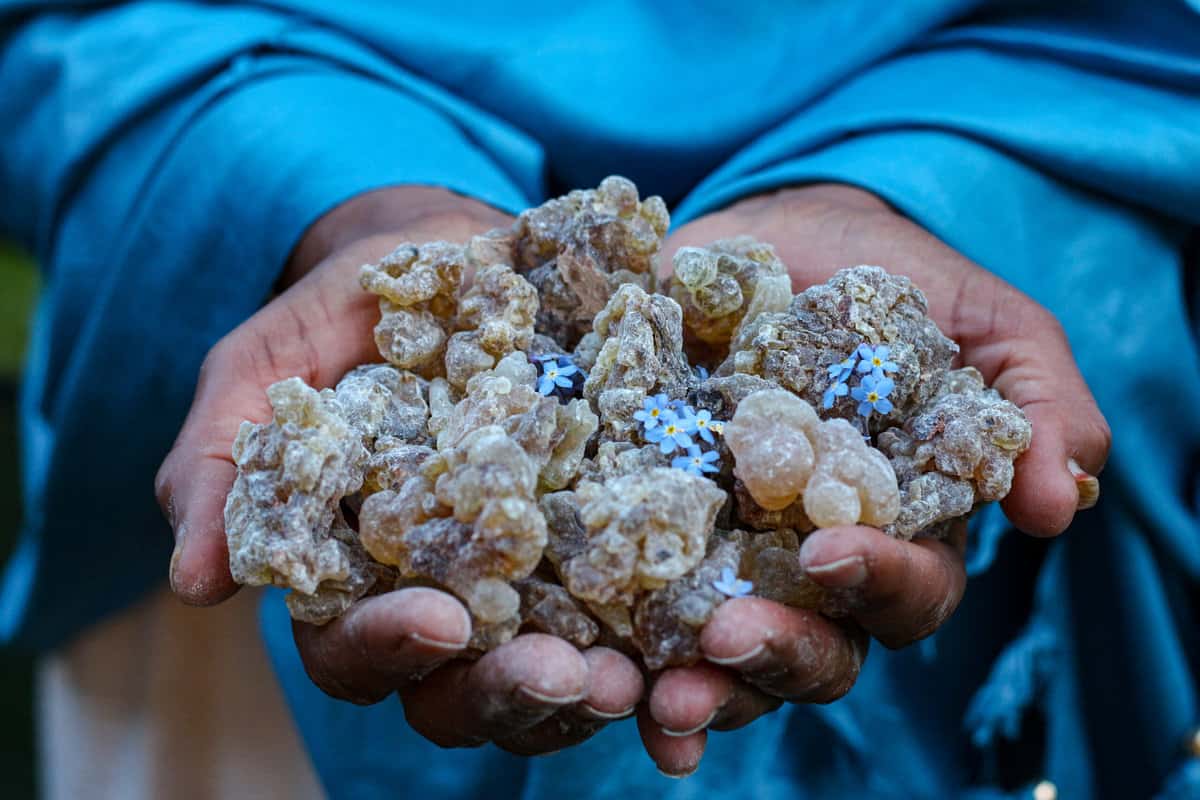Where Does Frankincense Come From

Frankincense, a resin extracted from the Boswellia tree, has been a prized commodity for thousands of years, renowned for its medicinal, spiritual, and cultural significance. The journey of frankincense from its origin to its usage is a fascinating tale that spans continents, civilizations, and time. To understand where frankincense comes from, it’s essential to delve into the history, geography, and processes involved in its production.
Historical Background
Frankincense has its roots in ancient trade routes, particularly the Incense Road, which connected the Mediterranean region with the East, facilitating the exchange of goods, ideas, and cultures. The demand for frankincense was high, driven by its use in religious ceremonies, as a form of currency, and for its perceived medicinal properties. The ancient Egyptians, Greeks, Romans, and Chinese all valued frankincense, leading to extensive trade networks.
Geographic Origin
Frankincense is primarily sourced from the Boswellia sacra tree, although other species like Boswellia serrata and Boswellia frereana are also used. These trees are native to the Arabian Peninsula and parts of Africa, with countries like Oman, Yemen, Somalia, and Ethiopia being major producers. The specific climate and soil conditions of these regions, characterized by dry, arid environments, are crucial for the growth of Boswellia trees.
Production Process
The production of frankincense involves tapping the Boswellia trees to extract the resin. This process is labor-intensive and requires great care to avoid damaging the trees, as over-tapping can lead to their death. The resin, which is secreted as a defense mechanism to protect the tree from injury, is collected in various grades, depending on the time of collection, the tree’s condition, and the quality of the resin. The highest quality frankincense is usually collected from trees that are at least 10 years old.
- Tapping: The process begins with making small incisions in the trunk of the Boswellia tree. Traditionally, this is done using a specialized tool.
- Collection: After the resin begins to flow out and harden, it is collected by hand. This process can be repeated several times from the same tree, but careful consideration must be given to the tree’s health.
- Sorting and Grading: Once collected, the frankincense resin is sorted and graded according to its quality, color, and purity. The highest quality frankincense is typically white or pale yellow and has a more refined aroma.
Uses of Frankincense
Frankincense has a broad range of applications, from traditional medicine to spiritual practices. In Ayurvedic medicine, it is used for its anti-inflammatory properties, while in aromatherapy, the essential oil extracted from frankincense is valued for its relaxing and grounding effects. Spiritually, frankincense is used in various religious ceremonies for its purifying properties and its ability to create a sacred atmosphere.
Challenges and Sustainability
The frankincense industry faces several challenges, including over-exploitation of Boswellia trees, leading to concerns about sustainability and the long-term viability of frankincense production. Efforts are being made to cultivate Boswellia trees more sustainably and to ensure that harvesting practices do not harm the trees or the environment.
Conclusion
Frankincense, with its rich history, diverse uses, and complex production process, is a remarkable natural resource. Its significance extends beyond its practical applications, holding cultural, spiritual, and economic importance. As the world becomes more aware of the importance of sustainability and the need to protect natural resources, the future of frankincense production will depend on adopting practices that balance human needs with environmental stewardship.
What are the primary uses of frankincense today?
+Frankincense is used in traditional medicine for its anti-inflammatory properties, in aromatherapy for its relaxing effects, and in spiritual practices for purification and ceremonial purposes.
How is the quality of frankincense determined?
+The quality of frankincense is determined by its color, purity, and the condition of the Boswellia tree it was sourced from, as well as the time of collection. Higher quality frankincense tends to be clearer and have a more refined aroma.
What are the challenges facing the frankincense industry?
+The frankincense industry faces challenges related to sustainability, including over-exploitation of Boswellia trees and the need for more environmentally friendly harvesting practices to ensure the long-term viability of frankincense production.
Incorporating frankincense into one’s life can be a meaningful way to connect with nature, explore traditional practices, and benefit from its unique properties. As with any natural resource, it’s essential to approach its use with respect for its origins and a commitment to sustainability.



